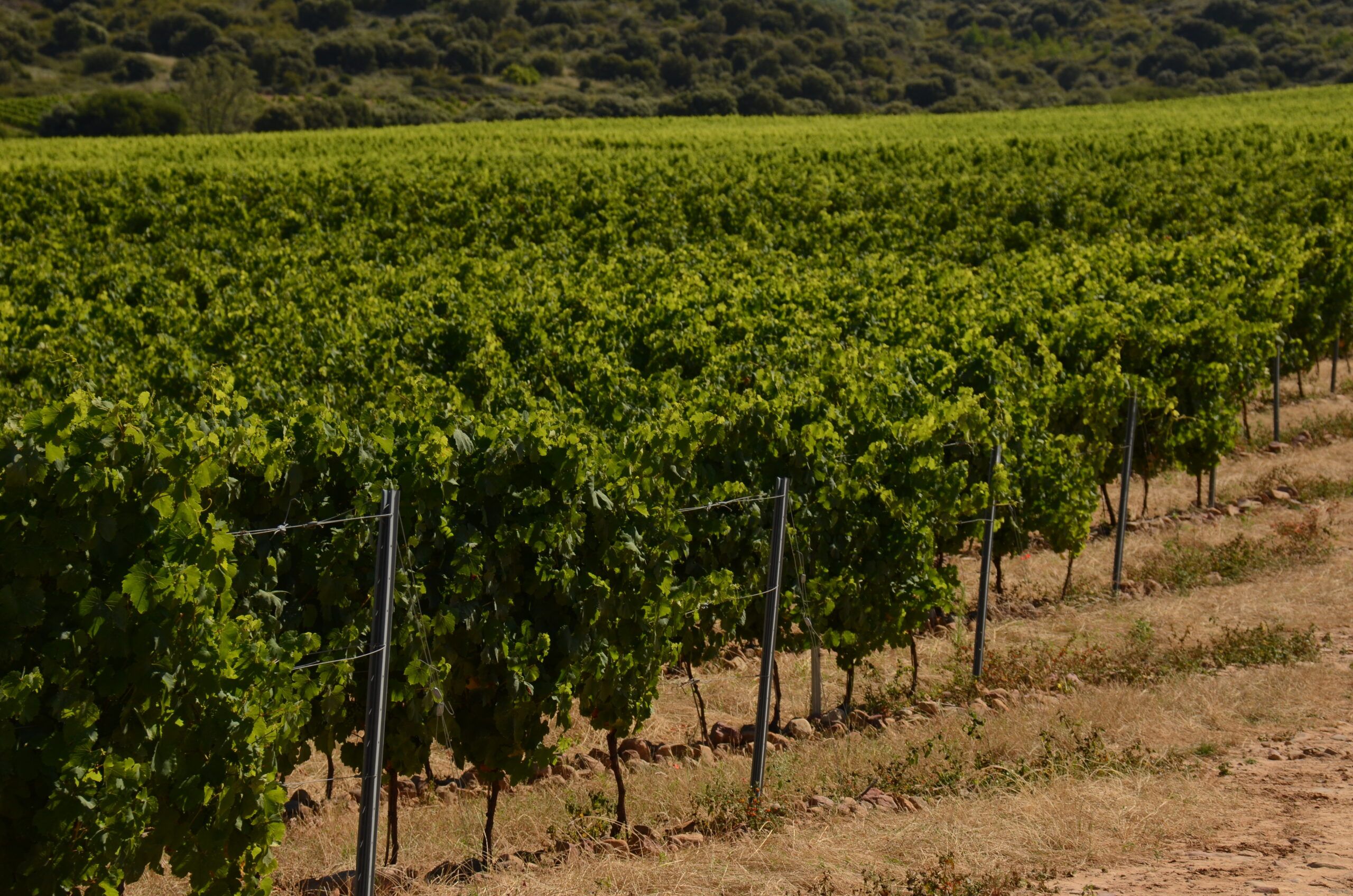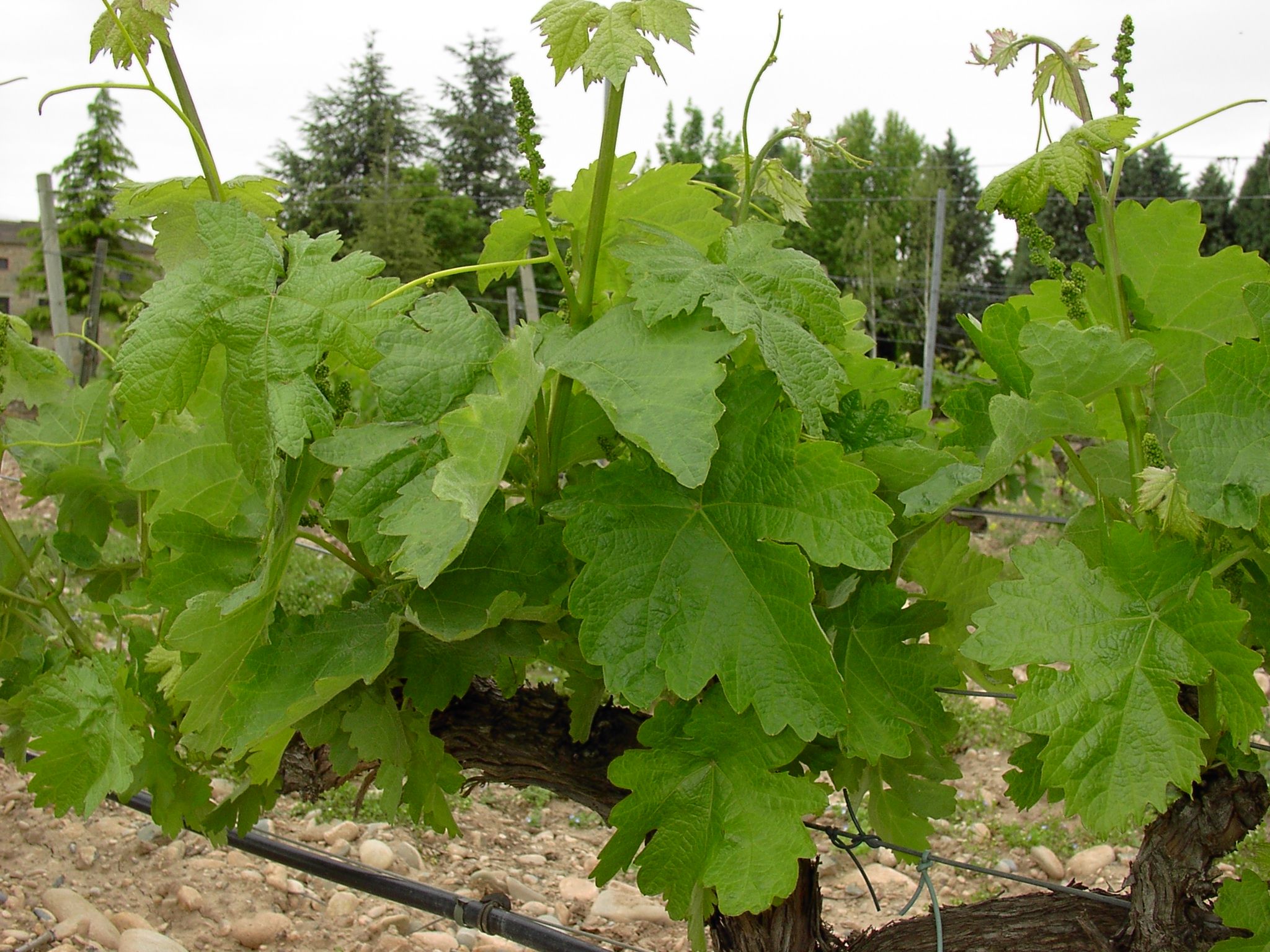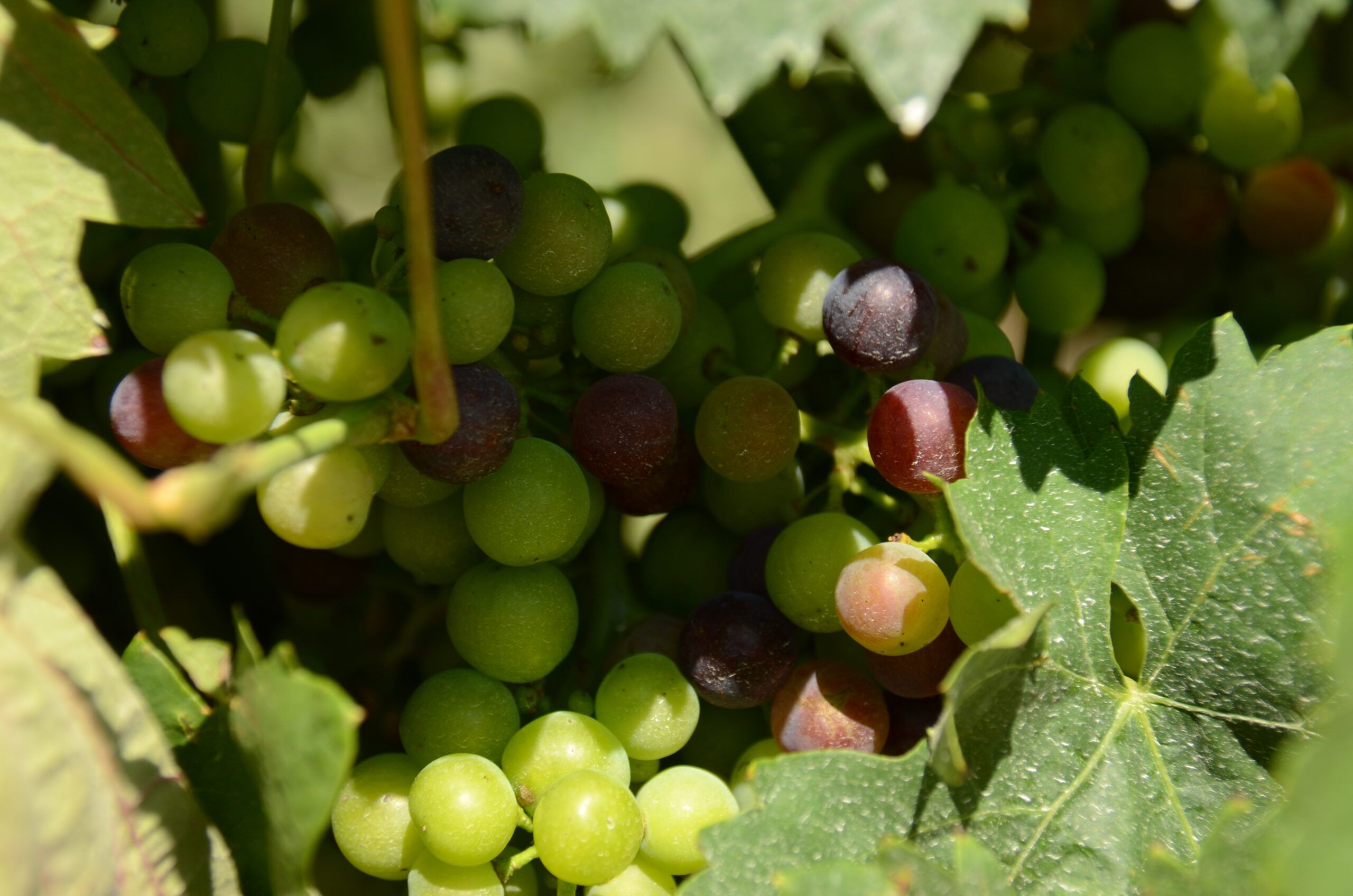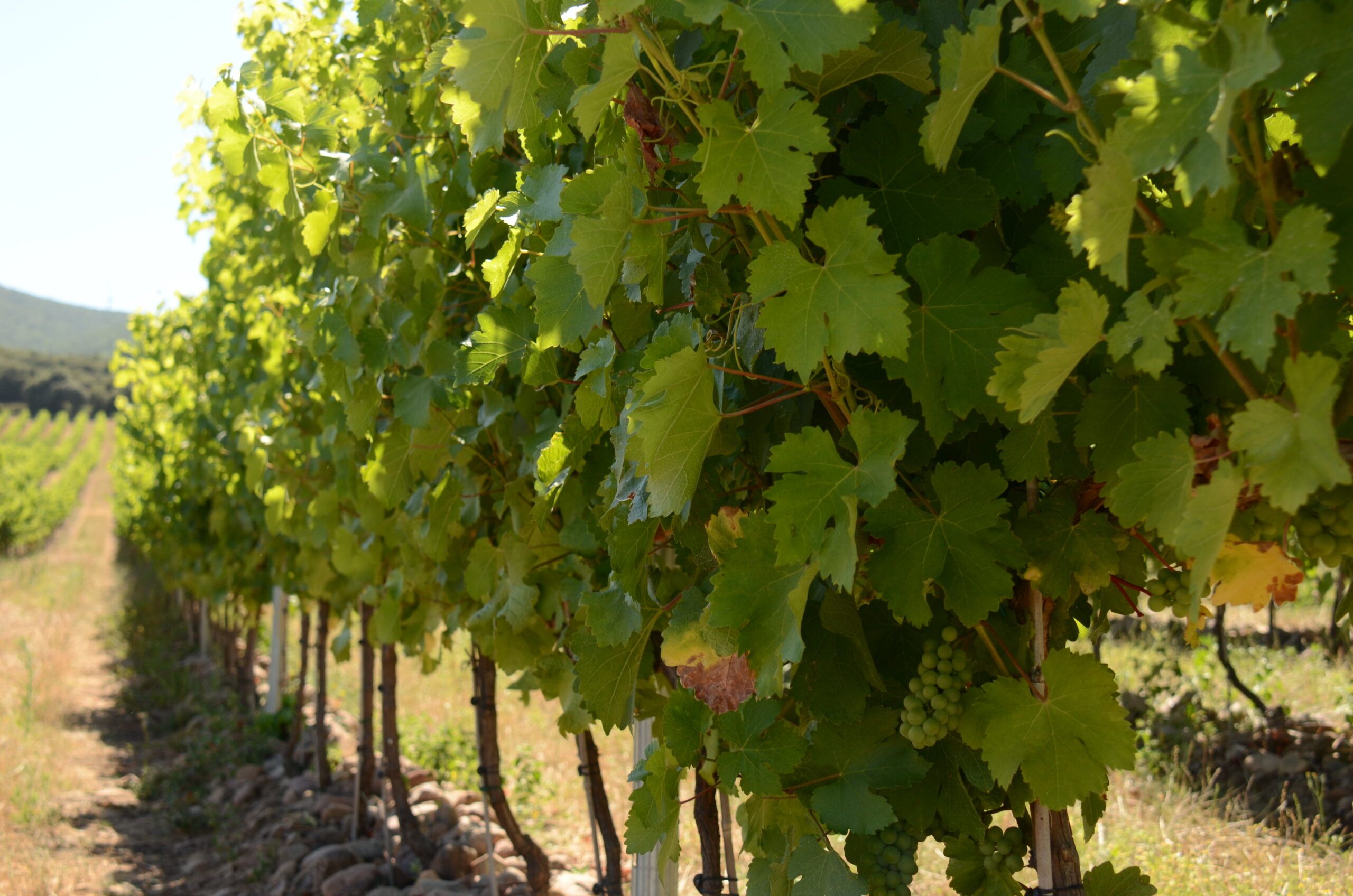
Stages of a vineyard: what are they and how many are there?
Did you know that throughout one year, the grape vines go through different stages of transformation? We’re going to tell you a lot of interesting facts about this fascinating process so that you can learn about each stage that vineyards go through. Let’s get started!

The crop cycle of grape vines
Before we can harvest the grapes to press them for wine, the vines go through a set of continuous changes over the course of the seasons. However, these changes do not fall into four phases, they can be broken down into up to seven different stages. This is what we call the crop cycle of the grape vine.
We’ll tell you what goes on in each of them below.

The stages of the vineyard
As we mentioned, there are seven stages to classify the phases that the grapevine goes through from bud break up until the grape harvest. So, when does it start exactly?
Depending on which hemisphere the vineyard is planted in, the crop cycle will start at a different time of year. For example, the cycle for vineyards planted in Spain start at the beginning of spring and runs well into autumn, when they then lie dormant over the winter.
1. Bleeding
After the vine has laid dormant, the bleeding stage starts.
It takes this name from the fact that, when temperatures start to rise (over 10 ºC), the vine starts growing again, recovering nutrients and minerals from the soil, and droplets start to appear on the plant. This mainly occurs on the scars left from pruning in the previous cycle.
2. Bud Break
At the beginning of spring, generally in March, we start to see the first buds appearing along the vine as activity gets back into swing.
The sap stored up in the plant starts to flow along the vines, and what will go on to become to the characteristic green leaves of the vineyards start to break out.
3. Leaf Flushing and Blooming
In April and May, the leaves start to appear on the vine. This stage is crucial. We’ll tell you why.
In the stage we call ‘leaf flushing’, the particles that make the acids and sugars in the plant are formed. These primarily play a role in the flavour of the variety of grape planted and, in the end, in the flavour of the wine itself.
Afterwards, between late May and early June, the vines start to bloom. From the buds, we get what we call ‘embryos’, which are small green flower-shaped dots that will later go on to become the bunches of grapes.
The time of the blooming is what determines when the harvest will start and the volume of grapes we will get in a year. At this time, the winegrowers have to be particularly careful about protecting the vines.

4. Veraison
Over the summer months, the grapes on the vine start to change colour until they reach their final tones. This process is known as ‘veraison’.
All of the varieties start life as green grapes but, depending on the type, they start to change colour and end up being a particular tone. For example, white grape varieties start to turn to yellow shades, while red grape varieties turn pink and then start to darken.
5. Ripening
Toward the end of summer, shifting into autumn, the grapes start to ripen.
At this time, the fruit becomes sweet thanks to the photosynthesis in the leaves, lowering the level of acidity and increasing the quantity of sugars. The sweetness of the grape will depend on how long it is left to ripen.

6. Grape Harvest
Once the grapes are perfectly ripe, we then start to harvest them. This is the famous grape harvest.
In Spain, the harvest takes places between the end of August and the beginning of October. That said, we should mention that not all grape varieties are harvested at the same time; we do it progressively. Do you want to learn about the entire harvest process? Take a look at our special content. Click here!
7. Winter Dormancy
Even though the harvest is the end of the annual cycle of the grape vine, the last stage of the crop cycle is actually its winter dormancy.
As temperatures really start to drop, and we start to feel the winter col, the vine starts to create a reserve supply of nutrients and minerals for the next cycle in the trunk and branches. It’s incredible! This is when the leaves start to fall, the plant lies dormant, and we prune the vines.
What do you think? Don't forget to take a look at some more interesting information about the wine world! Here’s a suggestion:
















